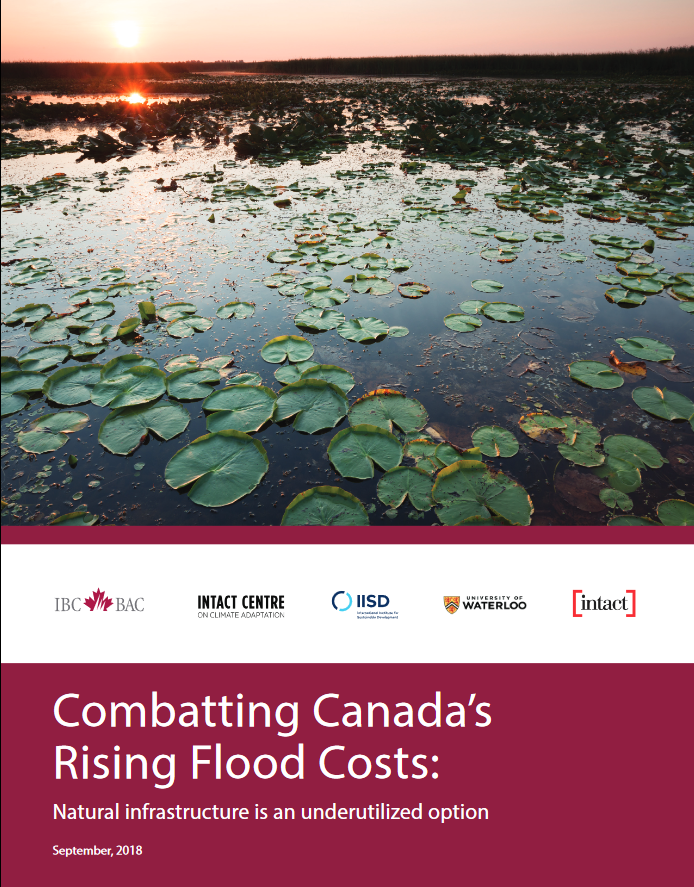A demonstration project in Amsterdam testing a new ‘blue-green’ roof system has revealed data that suggests greater thermal cooling potential. Built on top of a former naval hospital, the new roof concept — which combines rainwater storage with living plants — was developed by Dutch engineer Joris Voeten of Urban Roofscapes (Amsterdam, Netherlands) as part of a 2-year research study under the Dutch government’s Topsector Water program to evaluate the cooling capacity of blue-green roof designs.
According to Voeten, the new roof is different from traditional green roofs in that water is not stored in soil, but rather in a 76-mm (3-in.) ‘Permavoid’ drainage layer underneath the soil.
“This way, more water can be stored with less soil, enabling for a larger portion of the roof’s load bearing capacity to be allotted to water storage as opposed to ‘soil storage,’” he said.
On-demand plant-powered pumping
The design is also unique in that capillary fiber cylinders are inserted in the drainage layer and function by transporting water from storage back to the soil for plant growth. “These fibers convey water naturally and on demand, only when the plants are transpiring, without the use of pumps, hoses, valves, or tanks, and even more importantly, without the use of energy,” Voeten said.
By allowing water to be available for plant growth through capillary subsurface irrigation, Voeten said the new roof design eliminates the extreme dry-wet cycle plants would otherwise endure on rooftops. “The moisture content in the soil stays constant, which improves plant growth, increases the plant species selection, and allows for edible crops to be more reliably grown — even with a minimal soil layer,” he said.
Comparing to the traditional
The demonstration project includes the use of highly sensitive load cells that are built into sections of the roof, allowing researchers to measure plant evaporation directly. Based on measurements recorded over a 2-week dry period, the blue-green roof system evaporated 43 L/m2 (11.4 gal/m2); a conventional green roof evaporated 18 L/m2 (4.8 gal/m2)over the same period. Thus, by ensuring greater evaporation through consistent water availability, the blue-green roof system demonstrated higher potential cooling capacity, Voeten said.
Further results revealed an average surface temperature difference of 40°C (72°F) between the blue-green roof and an adjacent roof covered in black bitumen, based on readings taken during one of the hottest days of the summer.
The new roof design also has strong potential for reducing sewer system loads during peak rain events. During the growing season of 2017, the system did not discharge any rainwater to the sewer except for one day in September when more than 65 mm (2.6 in.) of rain fell in 12 hours.
“Weather data monitoring valves can also be used with the roof system to release a computed amount of water from storage prior to an anticipated rainstorm, thus maximizing the system’s water retention capacity during peak rain events,” Voeten said.
Jeff Gunderson is the founder and owner of Waterstone Writing (Portland, Ore.). He has more than 16 years of content writing and editing experience with a professional background in environmental consulting, specializing in environmental impact analysis.















Does this system will works in Semi tropical country
Thanks for this idea. This is very informative to read. We should have a good roofing result.
Great idea of the new roof, it is different from traditional green roofs in that water is not stored in the soil, but rather in a 76-mm (3-in.)
very great idea! Thanks you for this informative blog!